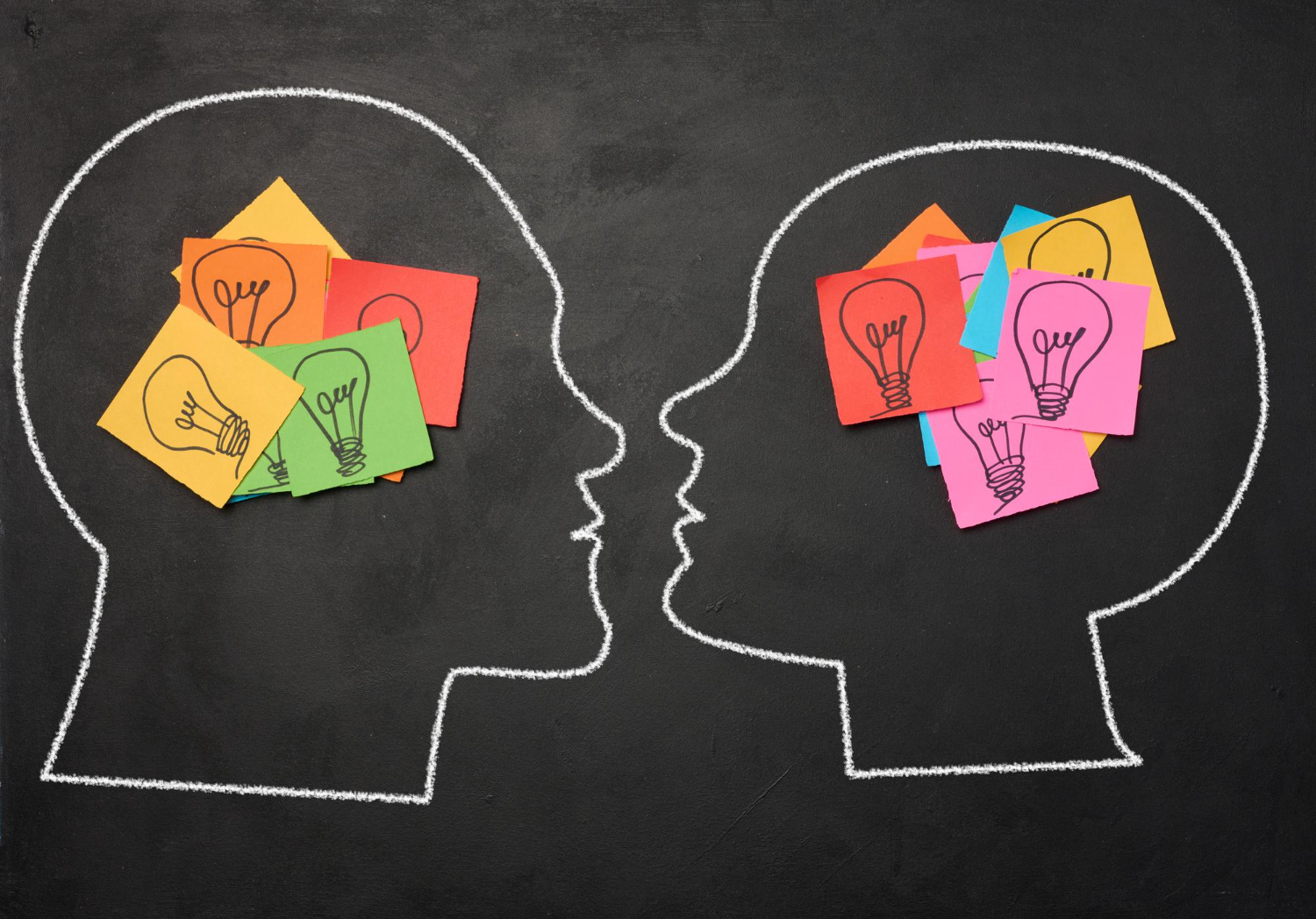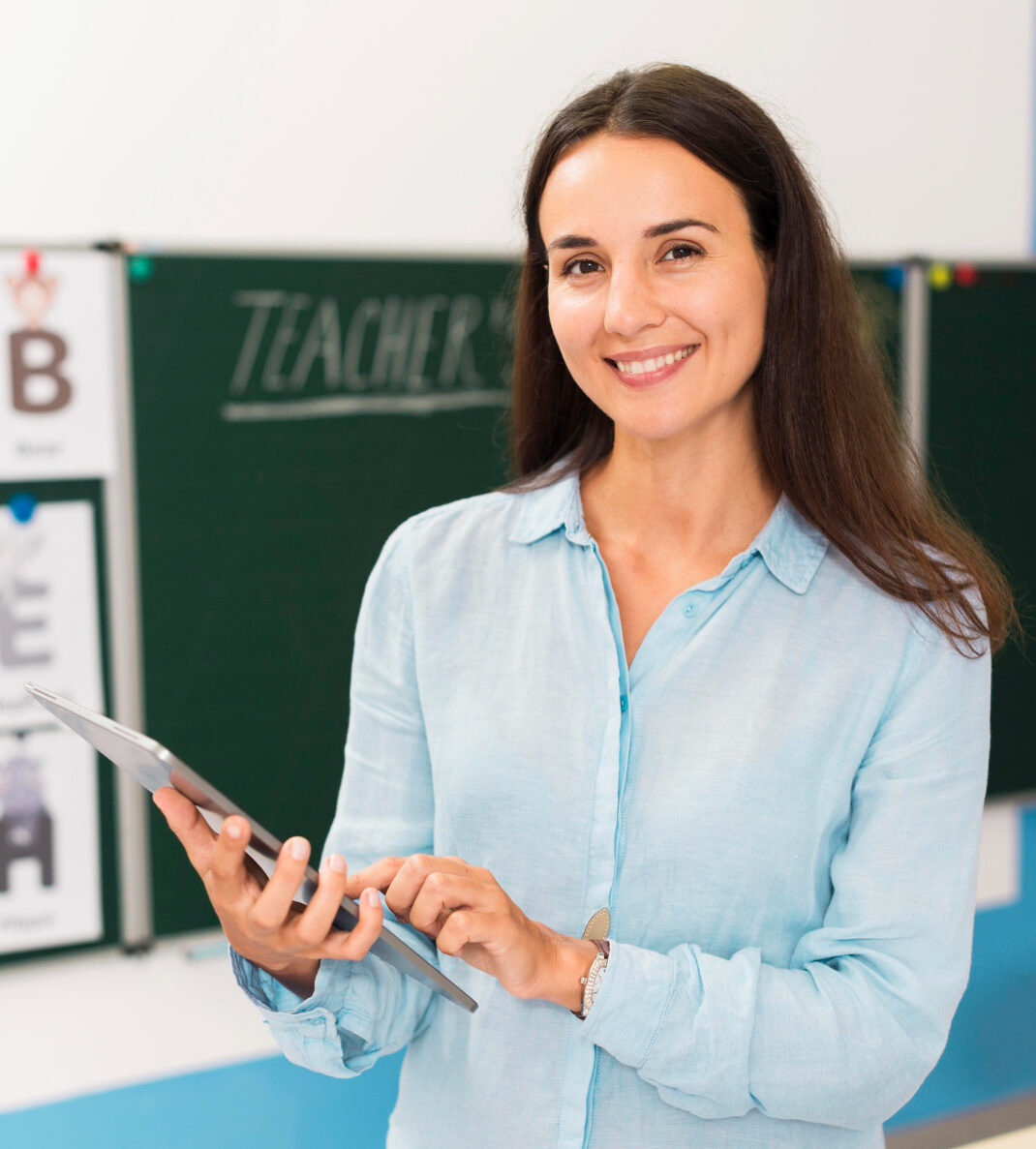In today’s rapidly changing world, the importance of social and emotional learning (SEL) in education has never been more important.
As teachers and teaching assistants, we recognise that academic success is just one aspect of a student’s overall development. Equally important is their ability communicate effectively, manage emotions, and develop resilience in the face of challenges.
A study has shown that incorporating SEL into regular classroom activities improves classroom behaviour and decreases aggression. It is therefore important to support the mental and emotional well-being of students as they continue to grow and learn.
In this blog, we’ll explore how teachers and teaching assistants can effectively incorporate SEL principles and practices into their classrooms to support the development of students.








